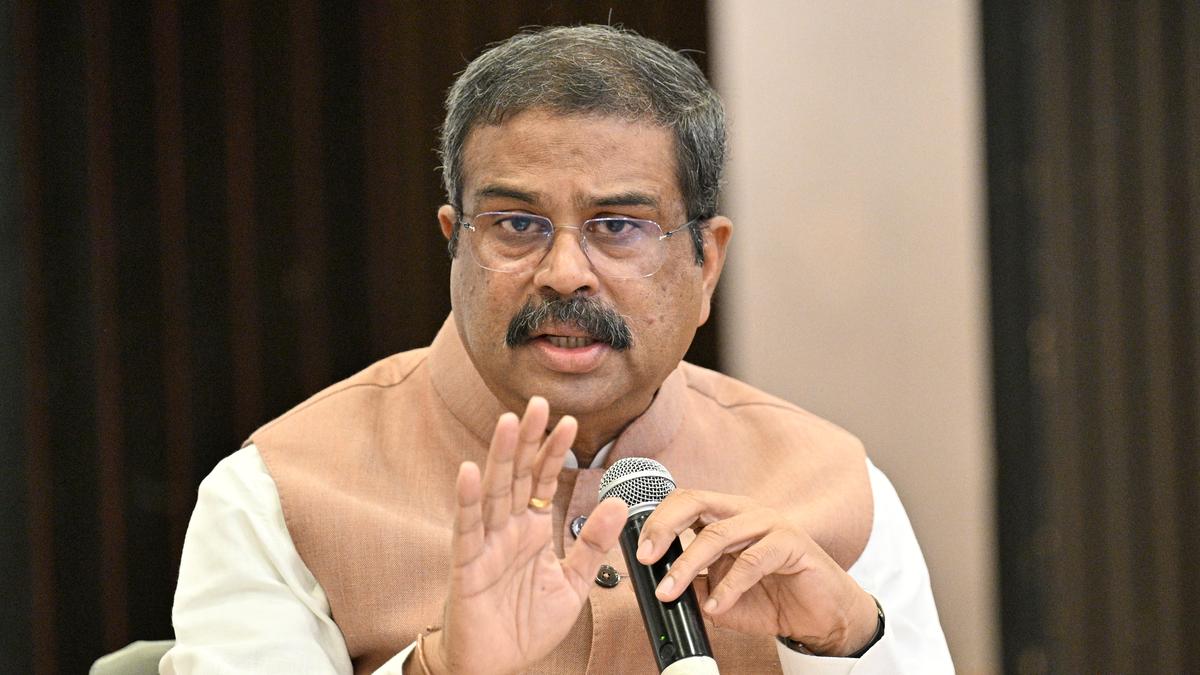By Priya Raghuvanshi
Copyright timesnownews

India’s capital markets may be growing, but a new report shows that household participation is lagging far behind awareness. The Investor Survey 2025, jointly released by SEBI, AMFI, and key market institutions, including NSE, BSE, NSDL, and CDSL, highlights a major disconnect between financial awareness and actual market involvement. Despite 63 per cent of Indian households, over 213 million, being aware of at least one securities market product, only 9.5 per cent (around 32.1 million) are active participants. These findings come from an extensive nationwide survey conducted by Kantar, spanning 90,000+ households across 400 cities and 1,000 villages. Urban-Rural Divide Still Stark One of the most telling insights from the report is the disparity between urban and rural participation. In cities, 15 per cent of households are active in the markets. In contrast, only 6 per cent of rural homes invest, suggesting access and awareness alone aren’t enough to drive action. Delhi (20.7 per cent) and Gujarat (15.4 per cent) led the pack in terms of engagement, while other regions showed more tepid involvement. This indicates not just geographic imbalance, but also an uneven distribution of financial literacy and support infrastructure. Cautious Investors and Confidence Gaps Even among those who do invest, financial literacy remains low. Only 36 per cent of investors claim to have a high or moderate understanding of the markets. Most households, particularly younger ones, continue to prioritise safety over returns. “Nearly 80 per cent of households prioritise safety over returns.” The risk-averse nature of Indian investors was consistent across generations: “79 per cent of Gen-Z households displaying risk-averse tendencies.” This conservative mindset, combined with perceived complexity, low trust, and fear of losses, were listed as a key hurdle preventing wider market participation. A Call for Simplicity, Stories, and Language Access The report shows a roadmap for improvement. Non-investors who plan to enter the markets within the next year expressed a desire for “simpler digital platforms, streamlined processes, relatable success stories, and lower entry barriers.” Preferred education methods varied by generation. Gen-Z leaned towards short-form videos and reels, while older respondents chose articles, podcasts, and workshops. Across the board, there’s a growing demand for regional language content to make financial learning more inclusive. Although awareness of SEBI’s grievance redressal system was limited, those who used it reported nearly 90 per cent satisfaction, suggesting that increasing knowledge of such tools could further boost trust. In closing, while awareness is growing rapidly, actual investor participation still lags. Unlocking India’s full market potential will depend on bridging the trust gap, simplifying investment pathways, and investing in regionally tailored financial education.



